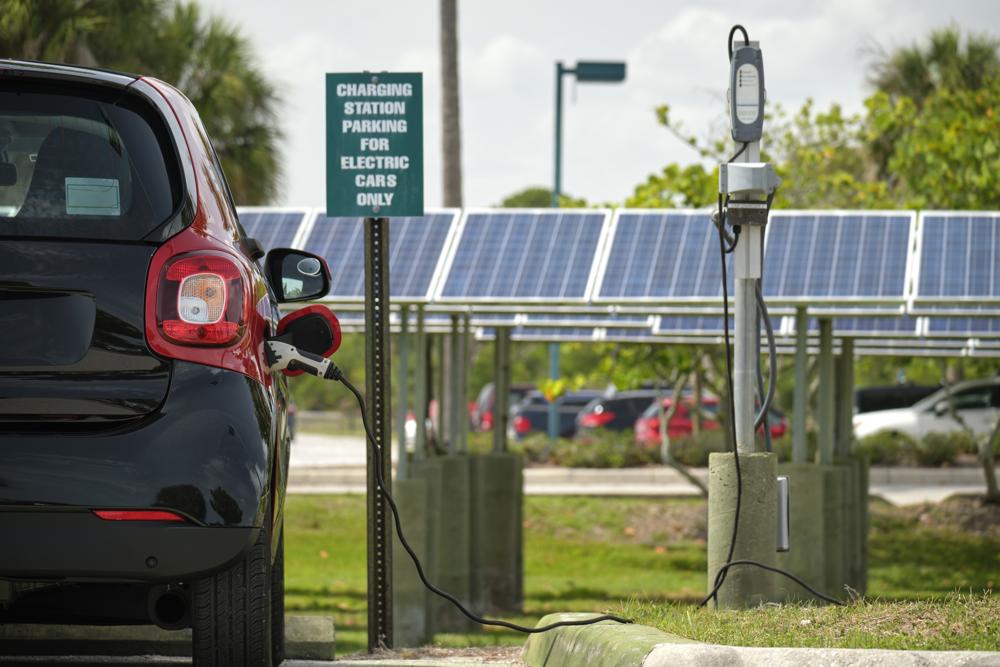
Understanding the Mechanics of Electric Vehicles
Share
Overview of Electric Vehicles
Electric vehicles are automobiles that are powered by electricity rather than gasoline or diesel fuel. They utilize electric motors powered by rechargeable batteries to propel the vehicle. EVs come in various forms, including fully electric vehicles (BEVs) that run solely on electricity and plug-in hybrid electric vehicles (PHEVs) that combine an electric motor with an internal combustion engine.
Benefits of Electric Vehicles
Electric vehicles offer several advantages over traditional gasoline-powered cars. They produce zero tailpipe emissions, reducing air pollution and greenhouse gas emissions. EVs also have lower operating costs, as electricity is generally cheaper than gasoline. In addition, electric motors provide instant torque, resulting in quick acceleration and a smooth driving experience.
How Electric Vehicles Work
Battery Pack
The heart of an electric vehicle is its battery pack, which stores the energy needed to power the electric motor. EV batteries are typically made up of lithium-ion cells, similar to those used in laptops and smartphones. These cells are connected in series and parallel to create a larger battery pack with sufficient voltage and capacity.
Electric Motors
Electric vehicles use one or more electric motors to drive the wheels. These motors are powered by the energy stored in the battery pack. Electric motors are more efficient than internal combustion engines, converting a higher percentage of the energy from the battery into mechanical power. They also require less maintenance, as they have fewer moving parts.
Regenerative Braking
One unique feature of electric vehicles is regenerative braking, which allows the vehicle to recover energy when decelerating or braking. When the driver applies the brakes, the electric motor acts as a generator, converting the kinetic energy of the moving vehicle back into electrical energy. This energy is then stored in the battery pack for later use, improving the overall efficiency of the vehicle.
Challenges of Electric Vehicles
While electric vehicles offer many benefits, they also face several challenges that need to be addressed for wider adoption.
Range Anxiety
Range anxiety refers to the fear of running out of battery power while driving. Unlike gasoline-powered cars, EVs have a limited driving range before they need to be recharged. However, advancements in battery technology have significantly improved the range of electric vehicles. Many new EV models can now travel over 200 miles on a single charge, alleviating range anxiety for most drivers.
Charging Infrastructure
Another challenge for electric vehicles is the availability of charging infrastructure. Unlike traditional gas stations, charging stations for EVs are still relatively scarce, especially in rural areas. However, governments and private companies are investing in expanding the charging network, making it easier for EV owners to find charging stations. Additionally, advancements in fast-charging technology are reducing the time it takes to recharge an electric vehicle.
Cost
The upfront cost of electric vehicles is generally higher than that of equivalent gasoline-powered cars. This is primarily due to the high cost of batteries, which account for a significant portion of the vehicle's overall price. However, as battery technology improves and economies of scale are achieved, the cost of electric vehicles is expected to decrease. Additionally, EVs have lower operating costs, including lower fuel costs and reduced maintenance expenses.
Ways to Make Electric Vehicles Sustainable
To make electric vehicles even more sustainable, ongoing efforts are being made to improve their environmental impact.
Battery Technology
Advancements in battery technology are crucial for increasing the range and reducing the cost of electric vehicles. Researchers are working on developing batteries with higher energy density, longer lifespan, and faster charging capabilities. Additionally, efforts are being made to improve the recyclability of batteries to minimize their environmental impact.
Electric Motors
Continued innovation in electric motor technology can further improve the efficiency and performance of electric vehicles. Researchers are exploring new motor designs and materials that can increase power density and reduce weight. By making electric motors more efficient, the overall energy consumption of EVs can be reduced.
Renewable Energy Sources
To maximize the sustainability of electric vehicles, it is essential to power them with renewable energy sources. Charging an EV with electricity generated from fossil fuels would still contribute to carbon emissions. By using renewable energy sources such as solar or wind power to charge electric vehicles, their environmental benefits can be fully realized.
Conclusion
Electric vehicles have the potential to revolutionize the transportation industry, offering a more sustainable and environmentally friendly alternative to traditional cars. With advancements in technology and increasing investment in charging infrastructure, EVs are becoming more practical for everyday use. Companies like Tesla, Volkswagen, and NIO are leading the way in the development and production of electric vehicles, showcasing the potential of this emerging industry. By addressing challenges such as range anxiety, expanding charging infrastructure, and reducing costs through technological advancements, electric vehicles can play a significant role in reducing carbon emissions and creating a more sustainable future.
